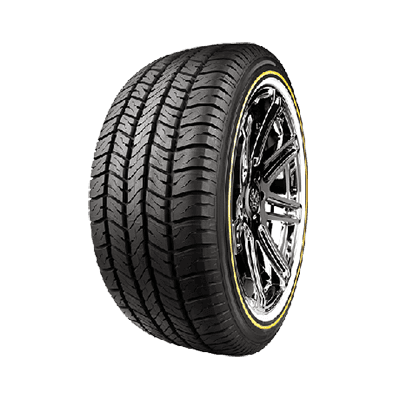
Sep . 11, 2024 22:02
Back to list
Pneumatic Control Valve Solutions for Precision Automation
Understanding Pneumatic Control Valves
Pneumatic control valves are essential components in a variety of industrial applications, facilitating the control of fluid flow through pneumatic systems. These valves use compressed air or gas to operate, making them highly efficient in managing the movement of liquids and gases in processes ranging from manufacturing to automation.
How Pneumatic Control Valves Work
At their core, pneumatic control valves function by modulating the flow of air or gas in a system. They can be either normally open or normally closed, depending upon the application. When the valve receives a signal—typically from a controller—the valve opens or closes accordingly to regulate the flow. This regulation is crucial in controlling pressure, flow rate, and direction of the medium being processed.
The operating mechanism of these valves can be mechanical, electrical, or a combination of both. Common types include solenoid-operated valves, which use an electromagnetic coil to control movement, and pilot-operated valves, which use pressure differentials for actuation. Each type serves specific functions based on the demands of the application.
Applications of Pneumatic Control Valves
Pneumatic control valves are widely used across various industries. In manufacturing, they control the cylinders that actuate machinery, providing the necessary movements for assembly lines. In the automotive sector, they regulate air flow in paint booths, ensuring an even application of coatings. Food and beverage industries rely on these valves for precise control over portions and mixtures, while pharmaceutical applications utilize them for maintaining sterile environments.
pneumatic control valve

Additionally, pneumatic valves are crucial in HVAC systems, where they regulate air distribution and maintain temperature control in commercial buildings. Their ability to quickly respond to control signals allows for improved efficiency, reduced energy consumption, and enhanced operational safety.
Benefits of Using Pneumatic Control Valves
The use of pneumatic control valves offers several advantages. Firstly, they are known for their quick response times, which are vital in processes that require immediate action. This responsiveness leads to improved system control and efficiency.
Secondly, pneumatic systems are generally simpler and lighter than their hydraulic counterparts. This not only alleviates the need for extensive support structures but also reduces installation costs and simplifies maintenance procedures.
Moreover, pneumatic systems are inherently safer in applications where flammable materials are handled. Compressed air does not pose the same explosion risk as hydraulic fluids, making pneumatic valves a preferred choice in many industrial settings.
Conclusion
In summary, pneumatic control valves play a pivotal role in numerous industries by providing efficient and reliable control of air and gas flows. Their diverse applications, coupled with the benefits they offer, underscore their importance in modern automation and manufacturing processes. As industries continue to evolve and seek better efficiencies, the role of pneumatic control valves will undoubtedly remain significant, contributing to safer, more efficient, and more responsive operations worldwide. Whether in simple mechanical systems or complex automated processes, these valves help shape the way industries function.
Latest news
-
Safety Valve Spring-Loaded Design Overpressure ProtectionNewsJul.25,2025
-
Precision Voltage Regulator AC5 Accuracy Grade PerformanceNewsJul.25,2025
-
Natural Gas Pressure Regulating Skid Industrial Pipeline ApplicationsNewsJul.25,2025
-
Natural Gas Filter Stainless Steel Mesh Element DesignNewsJul.25,2025
-
Gas Pressure Regulator Valve Direct-Acting Spring-Loaded DesignNewsJul.25,2025
-
Decompression Equipment Multi-Stage Heat Exchange System DesignNewsJul.25,2025

